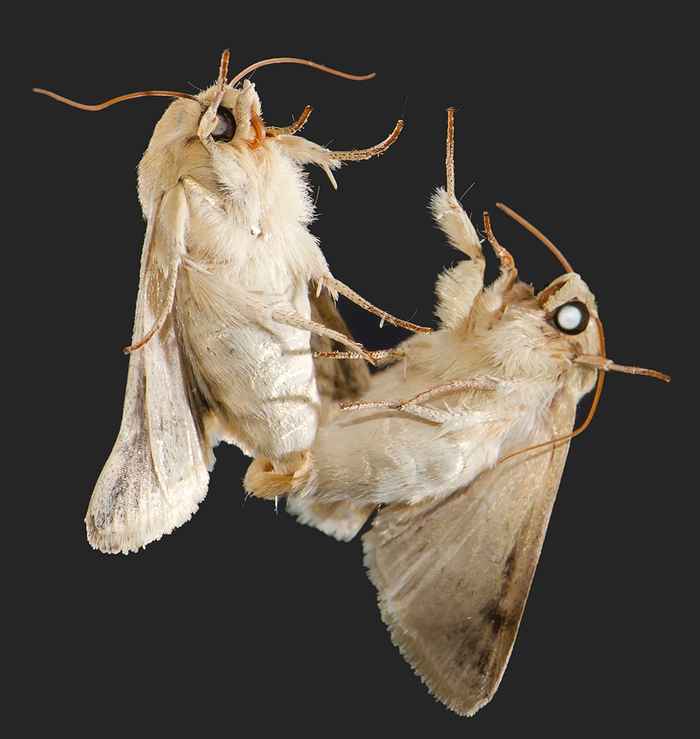Study reveals new insights into moth pheromone evolution
7 December 2023

Moth sex pheromones have been scientifically studied for over five decades due to the economic significance of moth caterpillars as agricultural pests. Understanding and manipulating sex pheromones can be crucial in pest control strategies, such as monitoring the species' presence or disrupting matings. Finding the genes underlying the moth sex pheromones has been challenging, mainly because the putative enzymes involved belong to large gene families. The most well-known pheromones responsible for moth reproduction are so-called acetate esters. Most moth species produce these.
Discovering a New Set of Genes
The hypothesis pointed to acetyltransferases or acyl transferases as the enzymes responsible for converting alcohol precursors into acetate esters. However, the study challenges this assumption by uncovering a novel set of genes—lipases and esterases—involved in acetate degradation rather than acetate production. The scientists found these genes through multiple crosses and backcrosses. The first step was identifying the genomic location that explained most of the variance in acetate production. Through introgression, they introduced a small genomic segment from a non-acetate-producing species into an acetate-producing species, observing a significant reduction in acetate levels in females with this introgressed region. The researchers utilized CRISPR gene editing technology to knock out the identified genes in the acetate-producing species to validate the findings. The results confirmed that these genes are involved in significantly reducing acetate levels.
Implications for Moth Pheromone Research
These findings bring forward a whole new set of moth sex pheromone genes and show that the degradation of sex pheromone compounds should also be considered in the evolution of moth sex pheromones.
Publication details
Arthur de Fouchier et al, Lipases and carboxylesterases affect moth sex pheromone compounds involved in interspecific mate recognition, in: Nature Communications 14, 7505 (2023) , DOI: https://doi.org/10.1038/s41467-023-43100-w